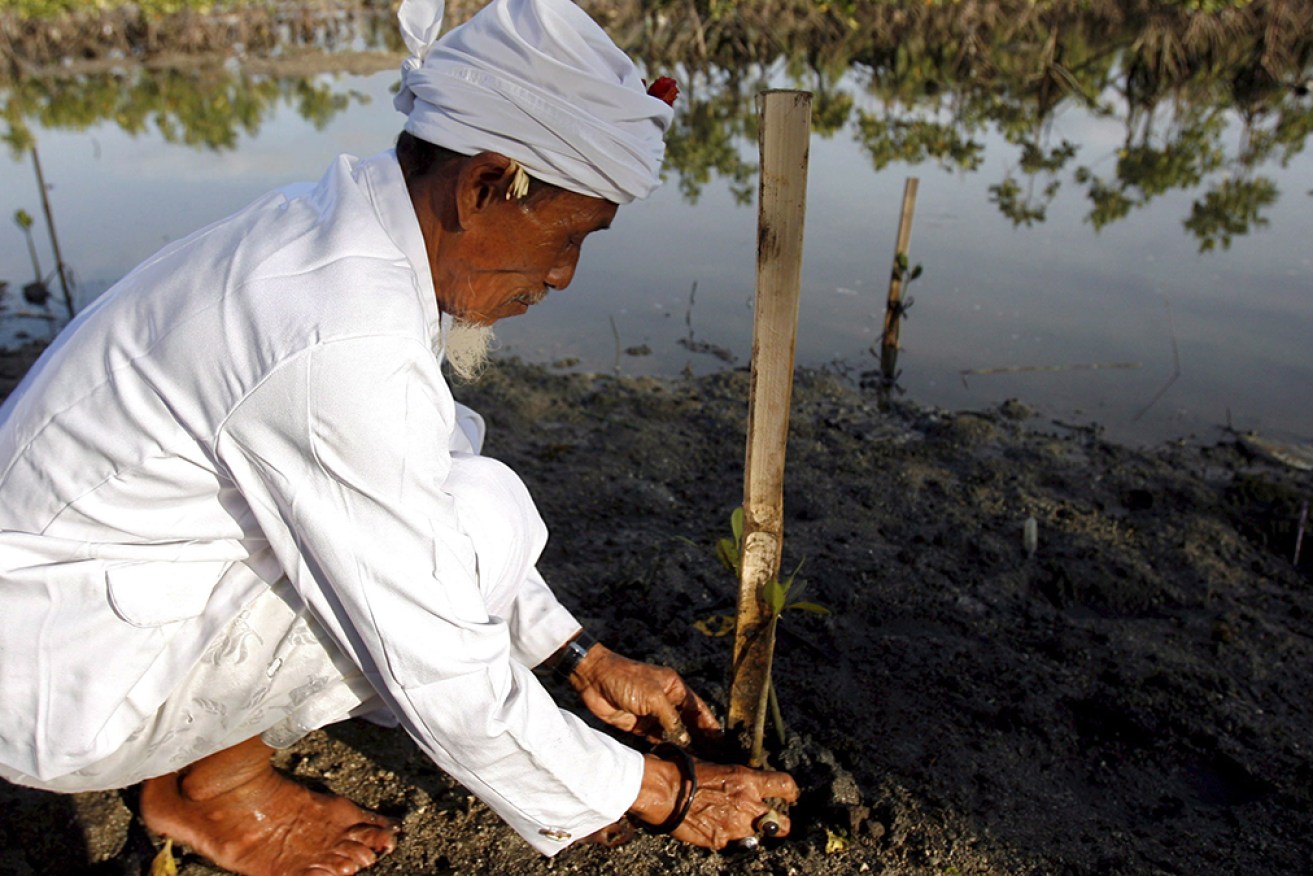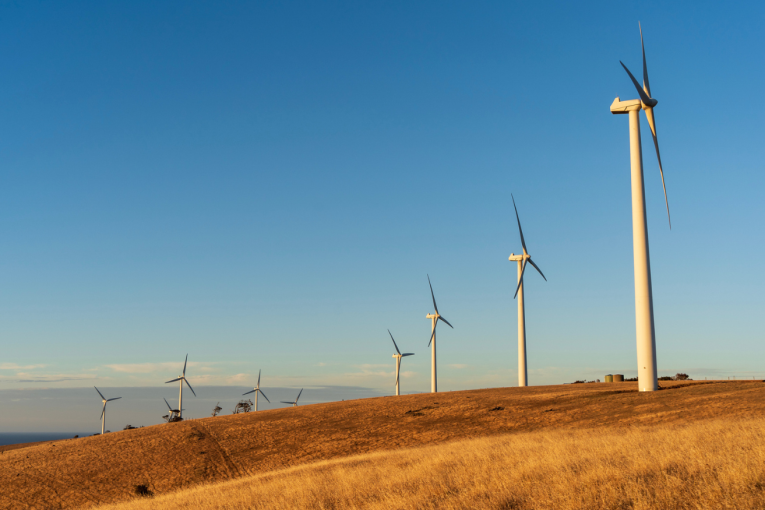Climate pledges ‘depend too much on CO2 sinks’

A report suggests climate pledges focus too much on land-based CO2 sinks such as tree planting. Photo: EPA
Current climate pledges focus too much on land-based carbon dioxide sinks such as tree planting rather than food production and biodiversity, researchers from Australia, Denmark, Sweden and elsewhere say in a report.
Scientists agree land use, including forestation, must be part of the fight against climate change and the International Panel on Climate Change says tropical deforestation must be reversed by 2030 to limit global warming to 1.5 degrees Celsius.
At the COP26 climate summit last year, 145 countries signed a declaration on forests and land use promising to protect biodiversity and the needs of local communities, with a focus on protecting existing forests and other ecosystems.
The summit also resulted in a framework for global carbon dioxide markets and how to funnel finance to CO2-reducing projects, for example in forestation.
But ahead of the COP27 climate summit in Egypt this month, The Land Gap report authors said too many climate pledges by countries and companies focused on planting trees to offset continued emissions rather than slashing them outright.
Environmental activist groups such as Greenpeace have already come out strongly against the idea of boosting a market to trade carbon offsets rather than erase emissions.
Moreover, it is hard to determine a global average CO2-storing potential for different types of forests and land use.
“Determining the carbon sequestration potential of lands and land uses is a raging debate,” Rob Jackson, Earth System Science professor at Stanford University, said.
This report, however, attempts to put a number on the amount of land this practice might require.
Tweet from @IPCC_CH
About 1.2 billion hectares of land would have to earmarked for carbon dioxide removal to fulfil countries’ climate pledges – an area larger than the United States or almost four times the size of India, according to the authors.
“Countries treat land like a limitless resource in their climate plans,” said Kate Dooley, lead author and a researcher at the University of Melbourne.
“Using a land area equivalent to half of current global croplands for tree planting simply won’t work.”
The focus should be on stopping deforestation of standing forests rather than planting monocultures of new trees which can be more susceptible to fires and draught on land that could be used for food, the Land Gap report authors said.
Dr Dooley said that restoring existing degraded forests, rangelands and farmlands of about 551 million hectares would be a reasonable target.
“Natural climate solutions are important but probably can’t offset more than a quarter of annual global fossil emissions of around 40 gigatonnes of CO2 equivalent,” Dr Jackson said.
The criticism is not just levelled at countries but also companies.
“Corporations are currently pushing for scale in the voluntary carbon markets to service claims of carbon neutrality but no one is doing the math on what is actually possible,” co-author Jens Friis Lund of the University of Copenhagen said.
-Reuters








